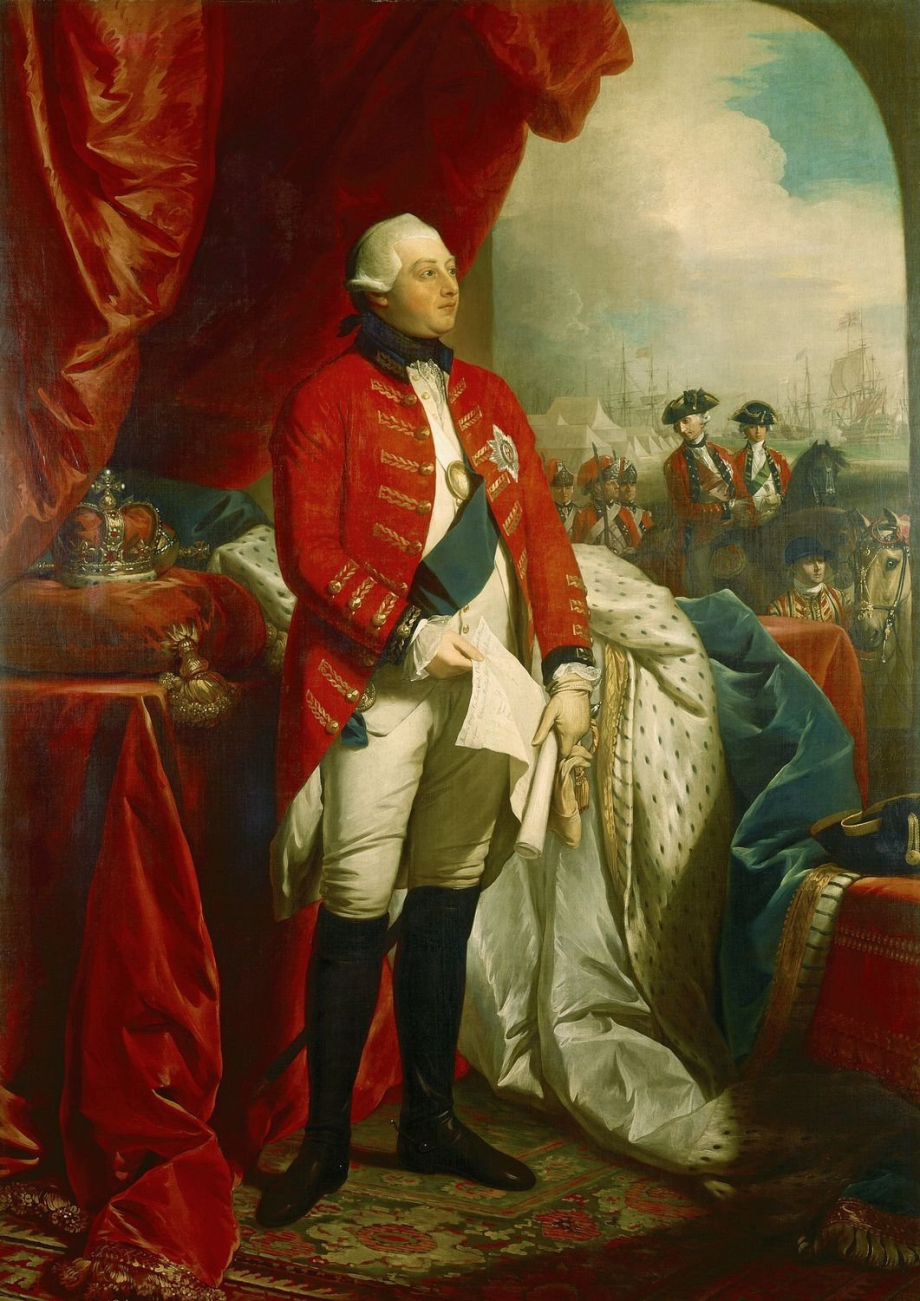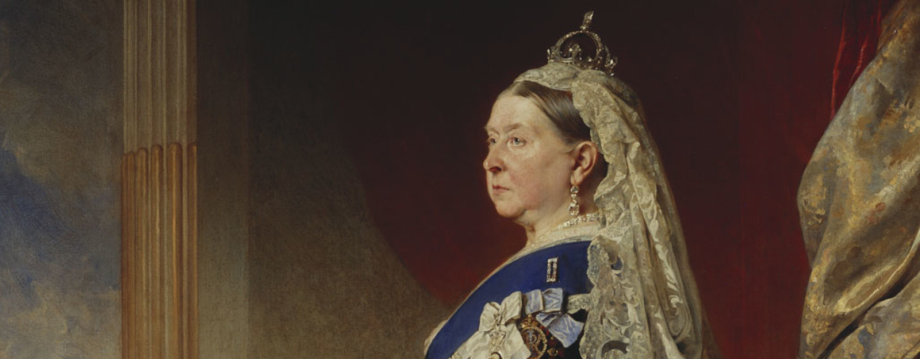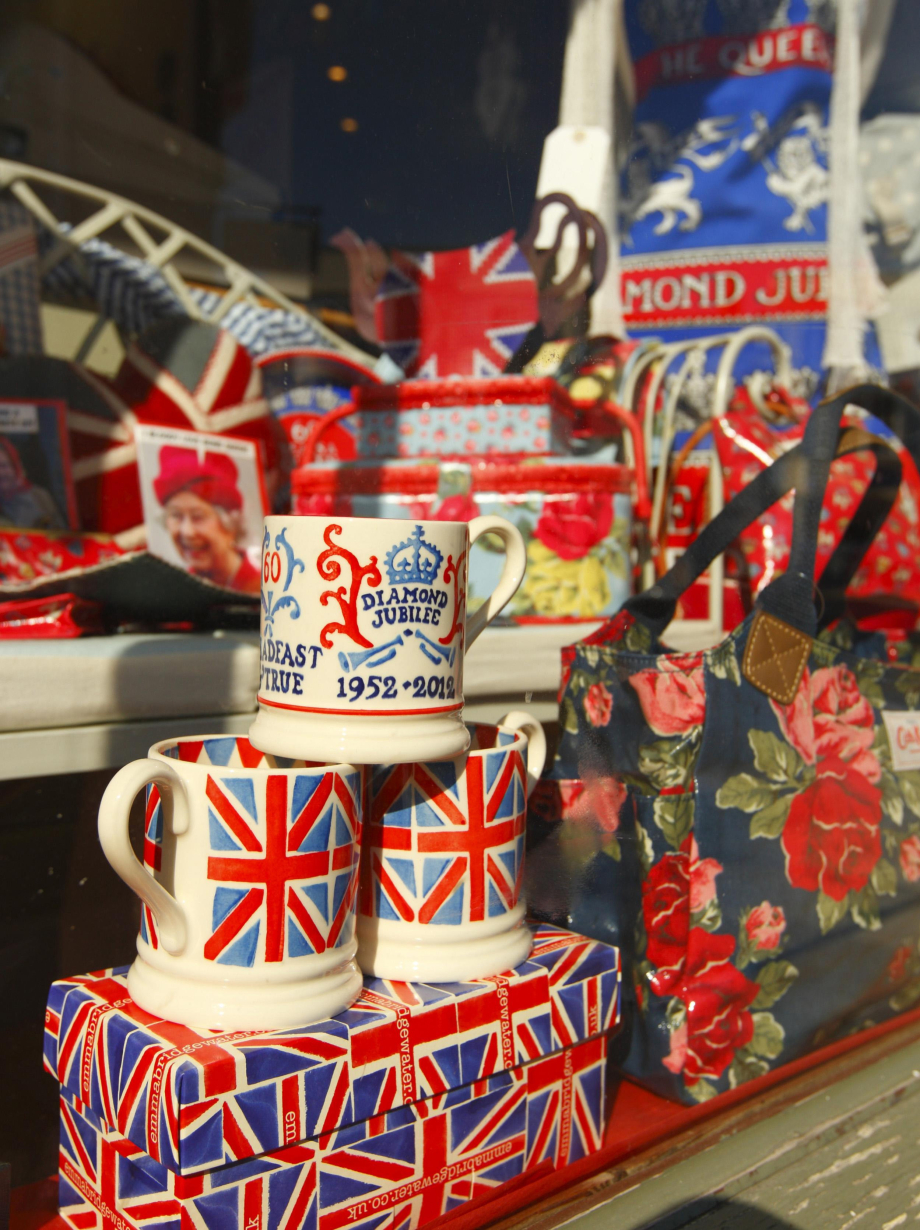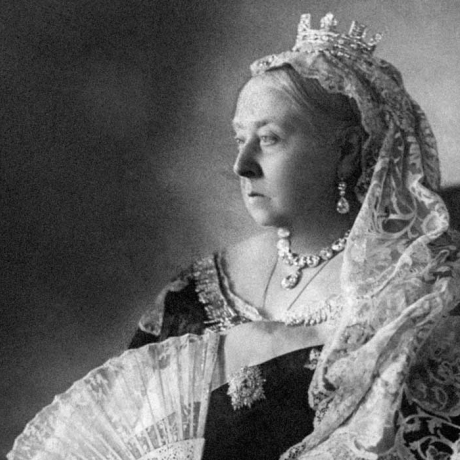Religious origins
In the Old Testament, a jubilee was marked every seven years. Initially jubilees simply provided a practical structure for land management as every seventh year, land was left to lie fallow. Over time though, jubilees took on a greater significance, with the belief that the jubilee year was a special one when God would be particularly bountiful. Jesus described himself as having come to "preach the year of the Lord's favour" (Isaiah 61: 1-2) in jubilee year.
In the Roman Catholic Church, jubilees began to be celebrated formally in 1300 AD and were seen as years of forgiveness of sins and reconciliation. Today, they are celebrated every 25 years. The most recent year of jubilee was 2000.

George III
The celebration of the Sovereign's jubilee years really began in the long reign of King George III. The beginning of the fiftieth year of his reign, on 25 October 1809, was marked both in Britain and the Colonies. The King and other members of the Royal Family attended a private service in Windsor and a grand fete and firework display at Frogmore. In London the Lord Mayor and Corporation processed to St Paul's Cathedral for a service of thanksgiving before holding a dinner at the Mansion House.

Queen Victoria's Golden Jubilee
The longest-reigning British monarch until The current Queen surpassed her in 2015, Queen Victoria celebrated Golden and Diamond Jubilees marking 50 and 60 years of her reign.
Queen Victoria's Golden Jubilee was celebrated on 20 and 21 June 1887. On 20 June the day began quietly with breakfast under the trees at Frogmore, the resting place of her beloved late husband, Prince Albert.
She then travelled by train from Windsor to Paddington and across the parks to Buckingham Palace for a royal banquet in the evening. Fifty foreign kings and princes, along with the governing heads of Britain's overseas colonies and dominions, attended the feast.
She wrote in her diary of the event: "Had a large family dinner. All the Royalties assembled in the Bow Room, and we dined in the Supper-room, which looked splendid with the buffet covered with the gold plate. The table was a large horseshoe one, with many lights on it.
"The King of Denmark took me in, and Willy of Greece sat on my other side. The Princes were all in uniform, and the Princesses were all beautifully dressed. Afterwards we went into the Ballroom, where my band played."
On the following day, Queen Victoria travelled in an open landau to Westminster Abbey, escorted by Indian cavalry. The procession through London, according to Mark Twain, "stretched to the limit of sight in both directions".
Soldiers marched past the spectators, who were accommodated on terraced benches along 10 miles of scaffolding erected for the purpose. Queen Victoria rode in the procession in her gilded State landau, drawn by six cream-coloured horses She refused to wear a crown, wearing instead a bonnet and a long dress.
The Queen took a keen interest in her Empire, and many representatives of the colonies attended the celebrations. The number of Indian princes - "men of stately build and princely carriage", noted Mark Twain - in splendid ceremonial dress, who attended to pay their respects, and the Indian cavalry which escorted the Queen to Westminster Abbey, attracted much attention.
On return to the Palace, she appeared on the balcony, where she was cheered by huge crowds. In the Ballroom she distributed Jubilee brooches to her family. In the evening, she put on a splendid gown embroidered with silver roses, thistles and shamrocks for a banquet. Afterwards she received a long procession of diplomats and Indian princes. She was then wheeled in her chair to sit and watch the fireworks in the garden.
Victoria's Diamond Jubilee
Ten years later, Queen Victoria's Diamond Jubilee was marked by celebrations, including, on 22 June 1897, a procession to St Paul's Cathedral, where a short service of thanksgiving was held outside the building, as the Queen was too frail to manage the steps.
Eleven colonial Prime Ministers were in attendance. The Queen's progress continued via the Mansion House across London Bridge and through South London, before returning over Westminster Bridge, past the Houses of Parliament to Buckingham Palace.
In her journal the Queen wrote: "No one ever, I believe, has met with such an ovation as was given to me, passing through those 6 miles of streets . . . The cheering was quite deafening & every face seemed to be filled with real joy. I was much moved and gratified."

History of Jubilee souvenirs
Commemorative souvenirs have been a popular way of marking Royal events such as Jubilees for the last three centuries. The earliest known English commemorative items date from the Restoration of Charles II as king in 1660, followed by his Coronation in 1661 and wedding in 1662. The arrival of new manufacturing methods in the last 250 years made such items more affordable by the general public.
Popular items which have been used to commemorate Jubilees past and present include coins, stamps and ceramics.
Special issue coins were first used to mark a Royal Jubilee with the Golden Jubilee of Queen Victoria in 1887. The majority of jubilee coins have been issued in crown size (the crown was equal in value to 5 shillings), because the size of the coin allows more detail. Commemorative coins are not intended for general use and are almost always collected in uncirculated mint condition. For The Queen's Silver Jubilee a special 25-pence coin was issued, designed by Andrew Machin. On the obverse it shows The Queen on horseback, and on the reverse, the coronation ampulla and anointing spoon with a floral decoration around. A total of 473,000 of these coins were issued in sterling silver; a further 37,453,000 were issued in copper-nickel.
The first stamps associated with a Royal event were those issued in 1887, the year of Queen Victoria's Golden Jubilee, although they were not intended as commemorative issues. Specific Jubilee sets of stamps were first issued in 1935 for George V's Jubilee, including issues in the dominions, including Australia, Canada, India, New Zealand and South Africa. Stamps were also issued for The Queen's Silver Jubilee in 1977, amounting to over 200 stamps in the UK, Crown dependencies and Commonwealth countries.
Ceramics have also proved popular for Jubilee souvenirs. Commemorative items survive in significant numbers from the reign of George III onwards, taking advantage of industrialized production methods such as transfer prints to produce affordable items including mugs, bowls , plaques, jugs and urns.
As well as these traditional items, many imaginative Jubilee pieces have been produced over the years. Queen Victoria's Golden Jubilee, for example, was celebrated with souvenir items including teapots, butter dishes, mirrors, handkerchiefs, woven silk pictures and even wallpaper and pipes. For The Queen's Silver Jubilee items ranged from plates, money boxes, jugs and vases to socks, shopping bags, jigsaw puzzles and t-shirts.
Of course, not all Jubilee souvenirs have high commercial value, especially those produced in large numbers - it is the meaning and memories associated with the souvenirs which gives them their value.



